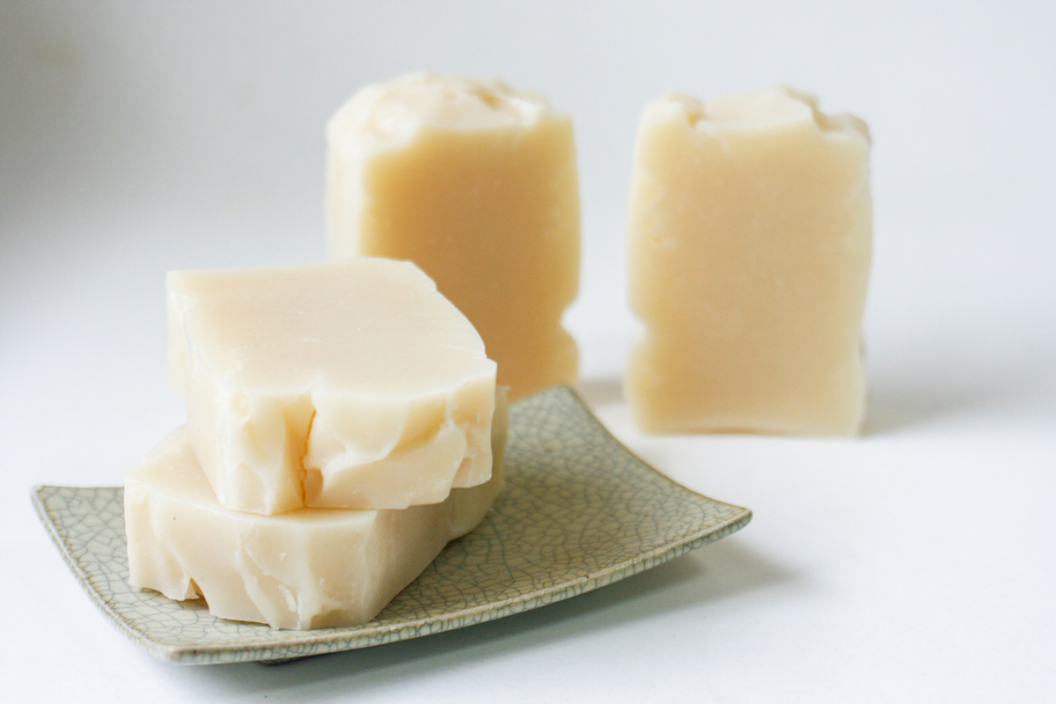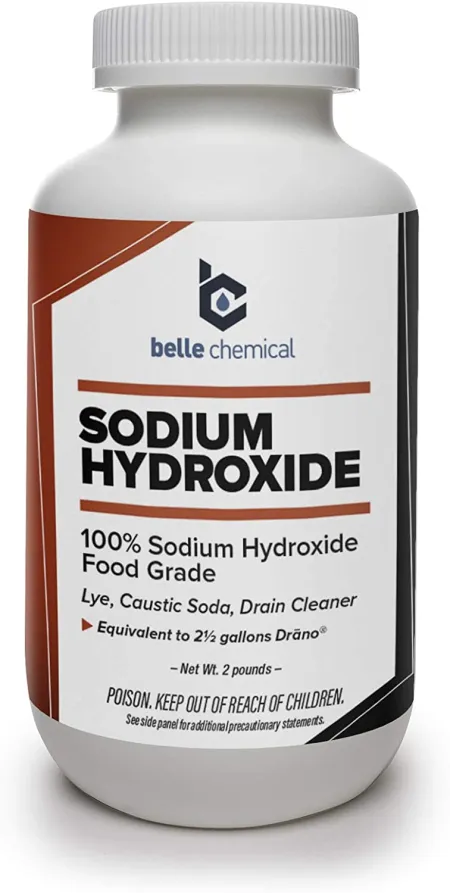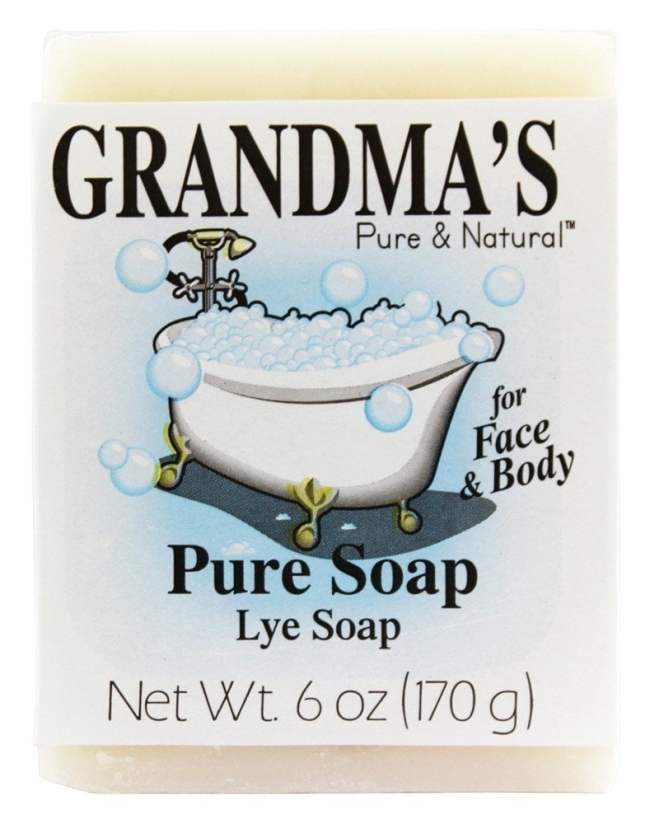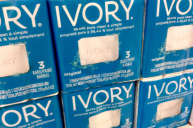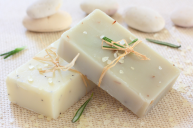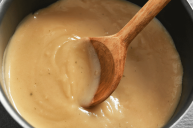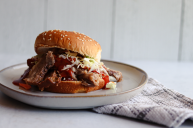Soap making is a timeless craft, one that involves a mix of science and creativity. The best part is that you end up with a fragrant soap, one that you'll appreciate even more after the process of making it. While you can buy soap making kits these days from Amazon or crafts stores, the art of making soap goes way back, all the way to 2800 BC! If you're looking for a useful and creative craft, making lye soap is the way to go.
What is Lye?
Lye is a product often used to make soap and cleaning products. The two most commonly used types of lye are NaOH, sodium hydroxide, and KOH, potassium hydroxide. All kinds of lye are very basic, or alkaline, which means that they have a high pH. Because of this, lye is very caustic, so it can harm the skin if you touch it without protection. Lye is made from wood ashes seeped in water, and it was first called potash or pot ash, being ashes soaked in a pot. This is actually the origin of the word "potassium!"
Lye is used in many soap recipes and cleansers, usually mixed in with oils and animal fats like beef fat to produce soap. This useful substance was used for many ailments in the old days, from treating poison ivy and bug bites to cleansing clothes, dishes and floors. Along with this, lye soap is more moisturizing than most modern soap.
While it may be more common to simply buy soap at the store these days, you can still make old fashioned lye soap just like grandma did if you're looking for a craft or prefer soap without additives. There's something very satisfying about making a craft that you'll actually use, especially one that has been made in our culture for so long.
How to Make Homemade Lye Soap
To make handmade soap, all you need is fat, water, and lye. For the fat, you can use tallow, lard, or palm oil depending on what is most accessible to you. Some natural soap recipes use coconut oil or olive oil as well. Your water should be filtered and pure, and the lye you use should have 0-1% excess fat. The amount of lye you use depends on the type of fat you choose. You can use a lye calculator to figure out how much lye you'll need, which you'll definitely want to do if it's your first time.
This DIY soap recipe uses 2 pounds of tallow, 10 ounces of filtered, pure water, and 4.4 ounces lye. Some soap makers opt for cold process soap, but this recipe uses the hot process method. You can also add in essential oils for fragrant soap, or you can go for unscented soap.
The first step of making your own soap with lye is to measure the lye and water in two separate stainless steel bowls, using a kitchen scale. Then, combine them by pouring the lye into the water, stirring the mixture until the lye fully dissolves in the water. The lye-water liquid is caustic, so make sure not to touch it or breathe in any fumes. It's also important to note that water combining with lye causes a chemical reaction that results in very high temperatures, so the outside of the bowl will be extremely hot.
Keep the lye mixture under a vent or fan and allow it to cool down while you get the fats/oils ready. Measure the fats/oils by weight rather than amount, then place them into a crock pot to melt, keeping the heat low.
Once the fats/oils have melted, add in the water-lye solution and stir together. Then, use a stick blender to blend the materials together in the crock pot, blending them for at least 5 minutes, until the lye soap mixture has thickened to a pudding-like consistency.
Then, cover the crock pot and cook the soap for about an hour. While it's cooking, prepare your mold, which you'll use to make the soap bars. There are lots of options for the mold, but an easy choice would be lining a loaf pan with parchment paper or wax paper.

Pour soap mixture into the mold, and allow it to cool for 24 hours. The last part of the soap making process is taking your hardened soap out of the mold, transferring it onto a cutting board, and cutting it into bars. Move them onto a tray with good airflow so that they'll harden further. They can be used as bar soap immediately, or you can shred them to use in handmade laundry soap or dish soap. Enjoy your DIY lye soap!
Editor's Note: Products featured on Wide Open Country are independently selected by our editors. However, when you buy something through our links, we may earn a commission.
